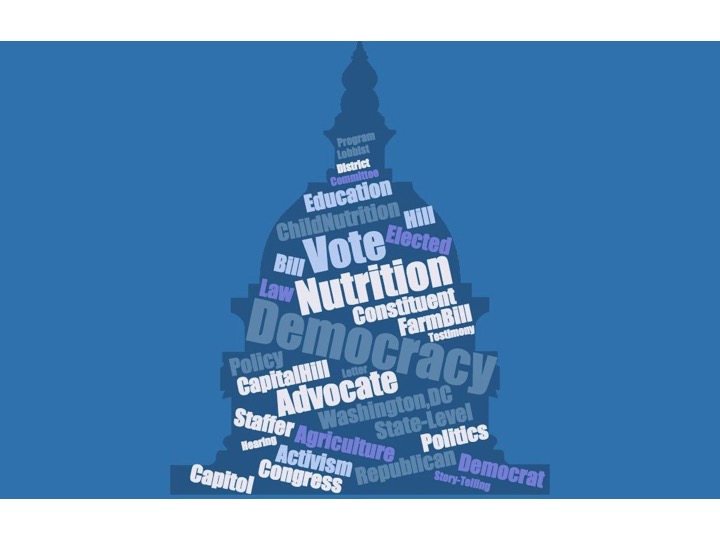On January 14, President Biden announced the American Rescue Plan. The primary goal of this plan is to provide relief to Americans that have borne the brunt of the COVID-19 pandemic. Of the $1.9 trillion in federal funding to help Americans recover from the impact, a portion has been allocated to address growing hunger and ensure that everyone has access to healthy, affordable food options, regardless of background.
This past December, Congress alotted $13 billion to support food assistance programs as part of the coronavirus relief package, but this amount is still not enough to help solve the ongoing hunger crisis. Approximately 1 in 7 households struggle with food insecurity. Specifically, Black, Latino, Asian American, and Pacific Islander households are struggling to gain access to food.
Below is a summary of the American Rescue Plan provisions that aim to alleviate hunger in America.
Supplemental Nutrition Assistance Program (SNAP)
- Extend the increase in SNAP benefits: In December of 2020, the Consolidated Appropriations Act increased SNAP benefits by an additional 15%. As part of the American Rescue Plan, President Biden plans to extend the 15% benefit increase through September 2021 or until the pandemic subsides. The additional benefits will help about 40 million Americans and ensure children have access to food during the summer months.
- Temporarily cut the state match: The federal government and state agencies typically share the cost of administering SNAP. In the American Rescue Plan, President Biden calls for a one-time lump sum to support state anti-hunger and nutrition programs ensuring children and families in need receive benefits promptly.
Supplemental Nutrition Program for Women, Infants, and Children (WIC)
- Allocate funds to bolster the WIC Program: The American Rescue Plan permits an additional $3 billion to increase WIC outreach and enrollment. Increased funding will provide low-income families with access to nutritious food and nutrition education.
The FEMA Empowerment Essential Deliveries (FEED) Act
- Help laid-off restaurant workers while feeding families: The American Rescue Plan encourages FEMA to approve plans from state and local governments that establish food distribution and delivery networks. The bill will help feed American families and increase work for restaurant workers who were laid off as a result of the pandemic.
Additional Nutrition Assistance for U.S. Territories
- Allocate funds to provide additional nutrition assistance: The American Rescue Plan permits an additional $1 billion to help provide nutrition assistance for families in the U.S. Territories. U.S. Territories include Puerto Rico, American Samoa, and the Northern Mariana Islands.
